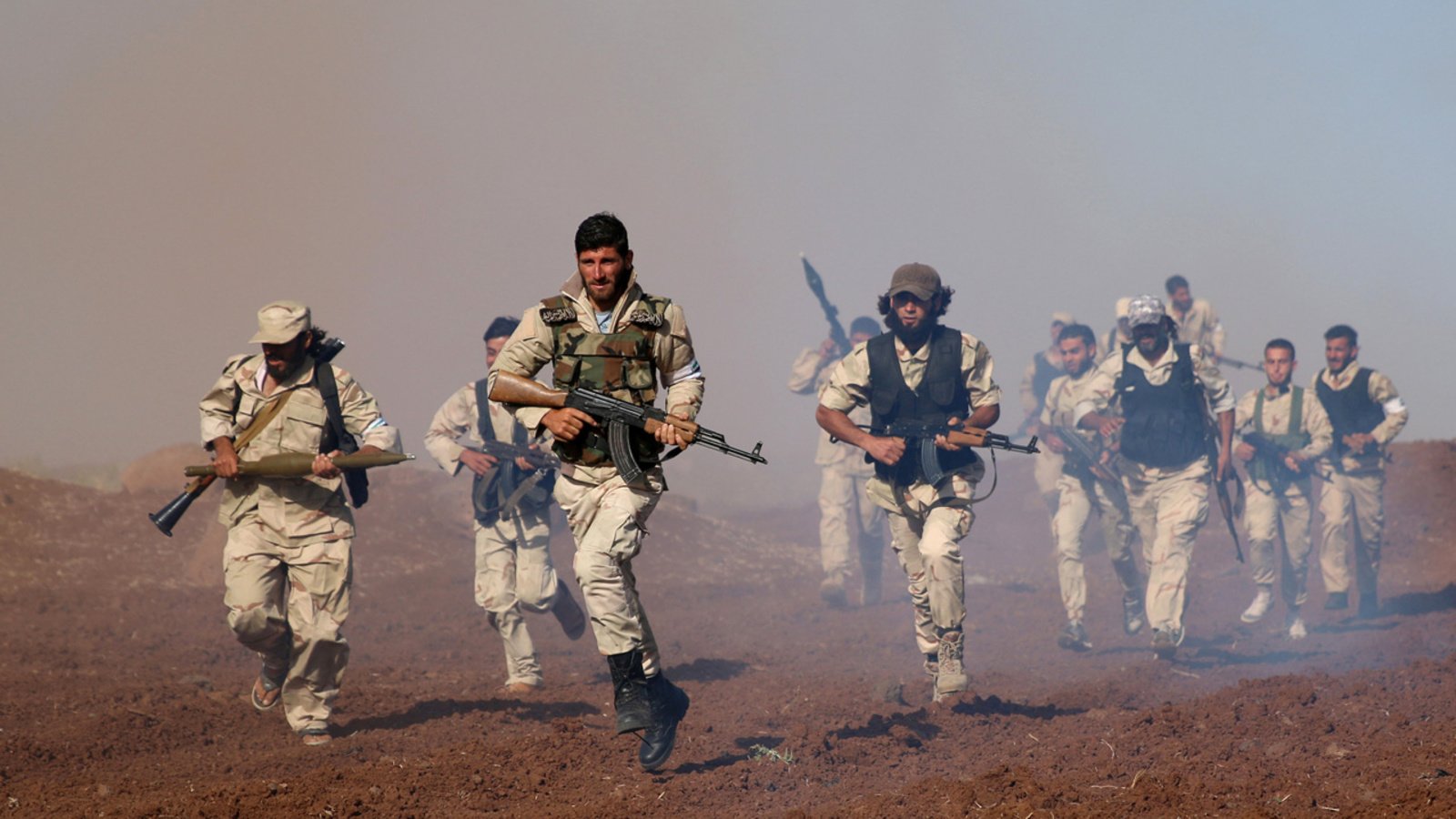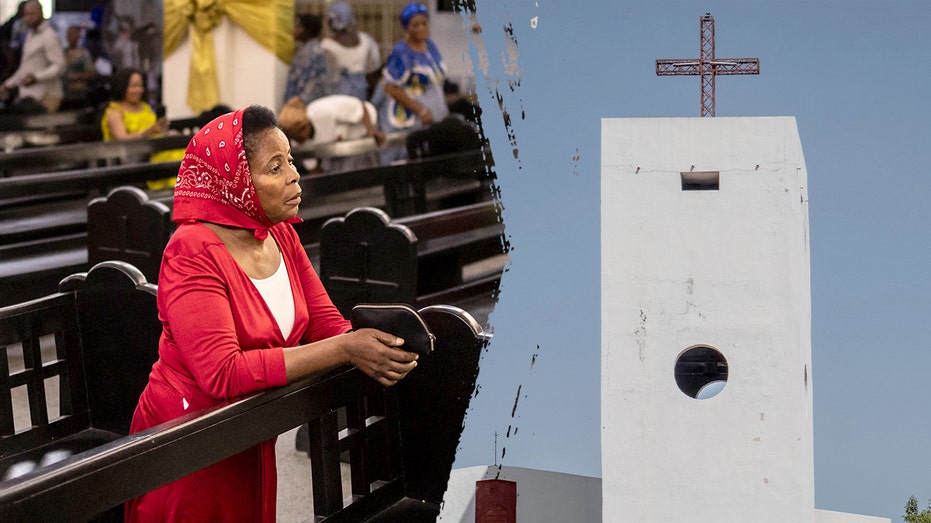
Rebel Forces Seize Strategic Syrian City of Hama in Pivotal Civil War Development
On Thursday, anti-Assad rebel forces achieved a significant victory by capturing the strategically important city of Hama. This event marks a critical turning point in the Syrian civil war, which has raged for 13 tumultuous years. The swift offensive led to the unexpected fall of Aleppo, catching observers off guard with its speed and scale.
U.S. Weighs in on Developments
During a Pentagon briefing on Thursday, Maj. Gen. Patrick Ryder addressed this developing situation, commenting on the destabilizing consequences of the rebels’ advances while reasserting that the United States does not intend to engage actively in the ongoing conflict.
“We urge all parties to de-escalate to safeguard regional minorities,” Ryder stated. He emphasized that the U.S. remains vigilant regarding potential escalations of violence but clarified that approximately 900 American troops currently stationed in Syria are focused on the primary objective of countering the Islamic State.
The Surprise Offensive by Islamist Rebels
The offensive against the Assad regime was primarily orchestrated by Hayat Tahrir al-Sham (HTS), a prominent Salafi-jihadist group led by Abu Mohammed al-Golani. Reports indicate that this meticulously planned attack was four years in the making.
HTS is currently recognized as the strongest rebel faction in Syria and has evolved from the Al Qaeda-affiliated Nusra Front, which claimed to cut ties with Al Qaeda in 2016. The group maintains control over vast areas of northwestern Syria, escalating their military advances in recent months. However, HTS is still classified as a terrorist organization by the U.S. and several other nations.
In a stark warning directed at Iran-backed militias in Iraq, HTS leader Golani called on Iraq’s Prime Minister to keep Iraq from being embroiled in the conflict’s escalating flames. “We urge him once again to keep Iraq away from being dragged into the flames of a new war tied to the events in Syria,” Golani said.
Concerns Over ISIS Resurgence
As the rebel forces advance, worries about a resurgence of ISIS are mounting. The U.S.-backed and Kurdish-led Syrian Democratic Forces (SDF) announced proactive measures to counter the potential re-emergence of ISIS during the ongoing chaos.
According to an SDF spokesperson, “The terrorist group ISIS has recently declared its control over large parts of the Homs and Deir Ezzor desert, capturing multiple cities and strategic locations from Damascus government forces.” This alarming development echoes ISIS’s previous significant territorial gains in 2014 when the group controlled vast regions of both Syria and Iraq.
Regional Concerns and Israeli Security
The rapidly changing dynamics in Syria have caught the attention of Israeli officials, who are closely monitoring the situation. The capture of governmental sites, including airbases and ammunition depots by rebel forces, has initiated urgent security consultations within Israel.
Israeli Defense Minister Israel Katz announced the country’s readiness to counter any perceived threats at the border. “The IDF will not allow threats near the Israel-Syria border and will work to neutralize any danger to Israeli civilians,” read a statement from the Israel Defense Forces (IDF).
Furthermore, concerns are mounting regarding the possibility that rebel groups may gain control over facilities associated with Syria’s chemical weapons program. While significant portions of Syria’s chemical arsenal were dismantled in 2013 under international oversight, experts warn that any undeclared stockpiles could pose grave security risks if they fall into the hands of extremist factions.
Shifting Geopolitical Dynamics
Recent developments have revealed how the Assad regime’s losses underscore its growing reliance on Russian and Iranian support, both of which are increasingly strained. As Russia concentrates its military efforts on the ongoing conflict in Ukraine, and Hezbollah suffers notable losses against Israel, the Assad regime finds itself increasingly vulnerable.
The fall of Homs, situated south of Hama, has been identified by analysts as a potentially critical event. Its capture could sever the link between Damascus and its coastal stronghold, a move that some observers suggest could signify the ultimate collapse of the Assad regime.
Humanitarian Crisis Deepens
As the conflict intensifies, the humanitarian situation in northern and northwestern Syria continues to worsen. The United Nations Office for the Coordination of Humanitarian Affairs has reported significant civilian displacement, with thousands fleeing the violence from Tel Rifaat to northeastern Syria. Estimates indicate that more than 280,000 civilians have been affected by the latest clashes.
Experts express concern that heightened instability could provide a breeding ground for extremist entities, including ISIS, to reclaim influence in the region. The ongoing humanitarian toll of the civil war complicates the already precarious situation, leaving Syria’s future increasingly uncertain.
As various factions vie for control and the international community grapples with the implications of these developments, the enduring conflict in Syria raises profound questions about stability, regional security, and the protection of civilians caught in the crossfire.
This report includes contributions from Reuters and The Associated Press.


















